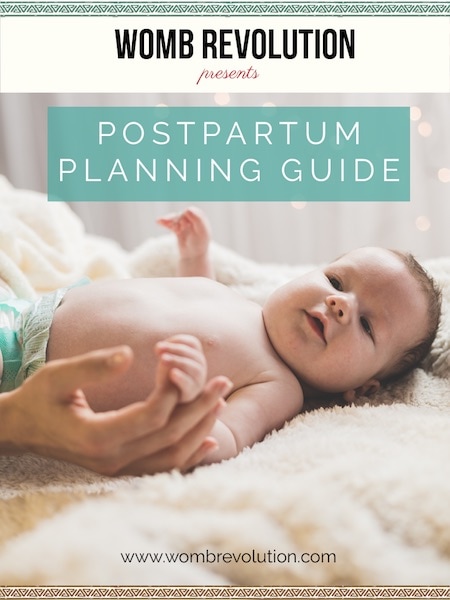Having a baby in a breech position is one of the most common reasons for a cesarean birth. In some cases, a vaginal breech birth is possible (depending on the circumstances), but getting a breech baby to turn head down can save you a lot of worries. While some babies tend to turn head down by 34 weeks, others need a little help. Actually, they typically don’t need help, they just need the proper environment in order to move. The following guide is designed to help you provide a better environment for a vertex presented baby (head down).
Keep in mind, that while many mothers do all they can to help a breech baby turn, not all babies can be positioned into the vertex position. While doctors are not 100% certain of the reason, the American Pregnancy Association lists the following reasons for a breech baby: multiple pregnancies, if a woman has had a premature birth previously, if the uterus has too much or too little amniotic fluid, if the uterus has an abnormal shape or if there is a placenta previa.
Results from the techniques listed below vary from person to person. Do not do any part of this guide that causes pain or discomfort and be sure to talk to your healthcare provider before beginning any of the movements suggested in this post.



